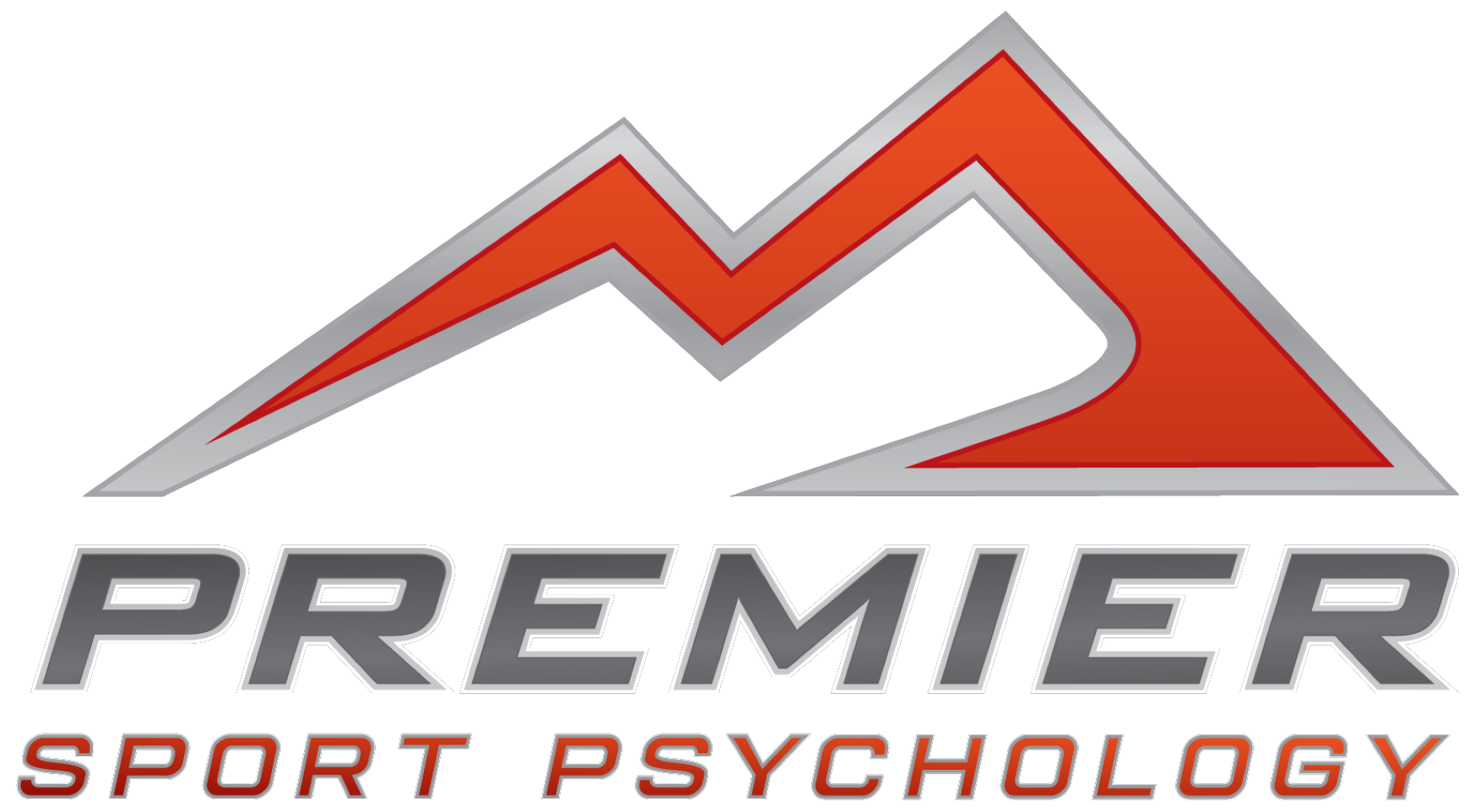Change is inevitable. Growth is optional. The athletes who strive to Be. Better. are the ones that dive into deeper levels of mindset training and excel into the highest levels of peak performance.
To Be. Better. is to always strive to improve at what you’re doing – regardless of how good you already are or what circumstances surround you – and it extends further beyond physical performance. To Be embraces the process of accepting who we are as an individual and allowing ourselves to exist in the present moment. Only then can we begin to understand ourselves more deeply – the pros and cons, the strengths and weaknesses – so that we can use that awareness to our advantage. Being Better means putting in the time and effort each and every day with the intent to improve ourselves – from a physical, tactical, and mindset perspective. When we combine these concepts while maintaining focus on a growth mindset each day, we become efficient, and eventually, elite. We don’t get as easily stuck in similar patterns; we don’t fight with perfection. We accept who we are with the lean-in that we’re always trying to do something more – something greater than our previous self.
There’s an advantage of focusing on progress over perfection. Many athletes that come into Premier Sport Psychology are doing so because they feel like they’re not living up to what they think they should be. Many of these athletes have a set standard of who they want to be or how they want to perform, and they’re constantly looking at the deficit of where they aren’t versus where they are. That constant perfectionistic lens of only focusing on the deficit leads to burnout, lack of confidence, performance anxiety, pressure…you name it. What Be. Better. does – focusing on the progress over the perfection – is saying, “Look, we are where we are (Be.) and, there’s room to grow (Better.)”
If we look at the major factors playing into to any elite athlete’s performance, we can see that there are three areas that stand out more than others: the physical, the tactical, and the mindset. The physical component can include everything from strength and conditioning or agility training to the physicality of sleep and nutrition. These different aspects of an athlete’s physical well-being play into stress management and their energy to focus on the things needed in order to perform at their best. The tactical component is understanding the game at a higher level. Once athletes climb into the collegiate and professional leagues, we hear a lot about athletic intelligence – and that’s really talking about how well the athletes know the game and how well they anticipate different aspects of the game: how well they manage their energy, how well they read plays, how well they respond to offenses or defenses, etc. The mindset component relates to how aware athletes are to the things that might distract them or detract them from more optimal performance. This includes how aware they are of their emotions, and an understanding of how their emotions can hijack their brain at various moments in competitions or under stress. It includes how well they activate their sympathetic and parasympathetic nervous systems to increase or decrease their activation, depending on what they need in order to better perform. The athletes that are really well-trained and able to do all of this tend to be the ones that we see really making more efficient gains in their ability to perform at a high level. These are the athletes that want to Be. Better.
No matter the sport or the level of competition, we must each individually strive to define what growth and success looks like to us. Not everyone wants to be an Olympian or a professional athlete, but everyone can benefit from self-acceptance, present-moment focus, and a growth mindset.
